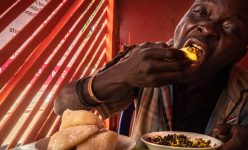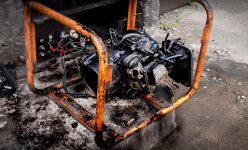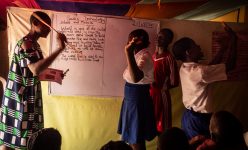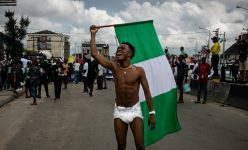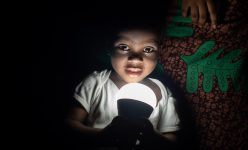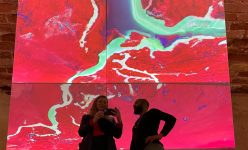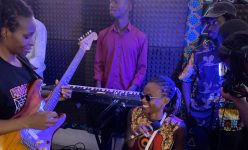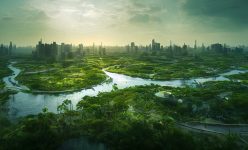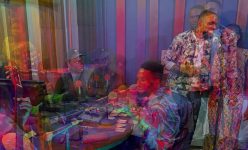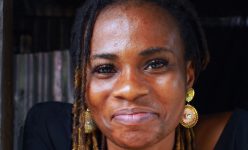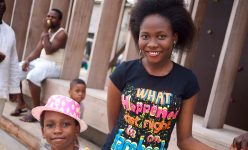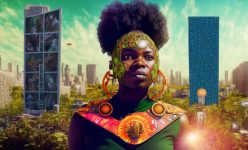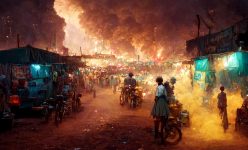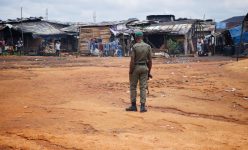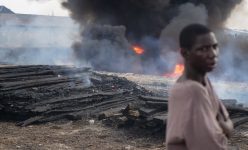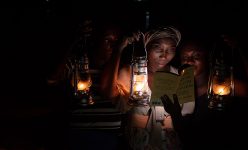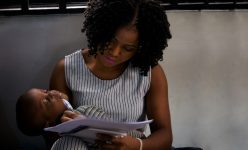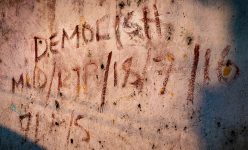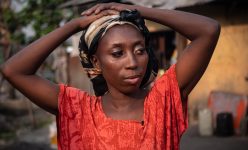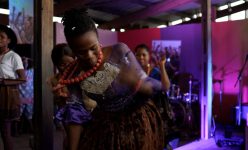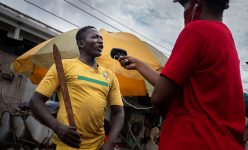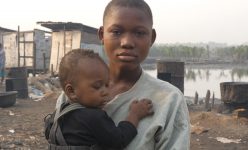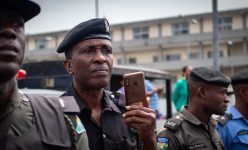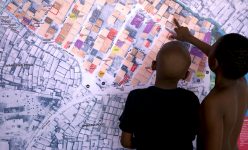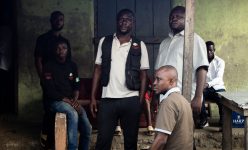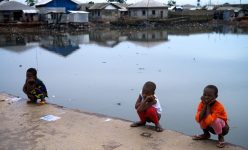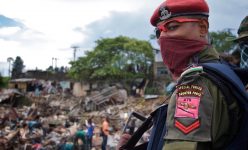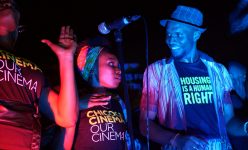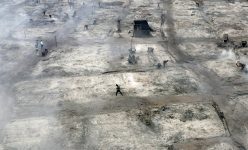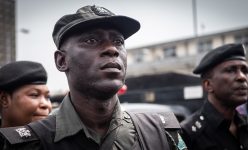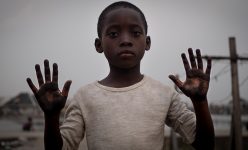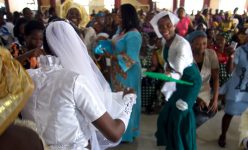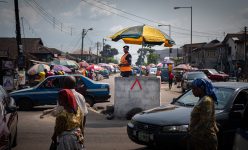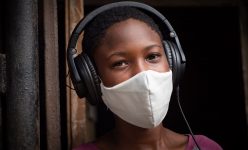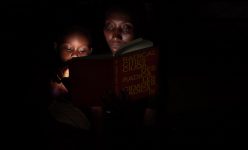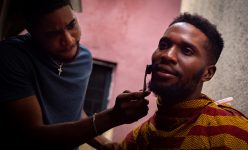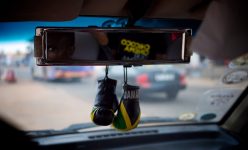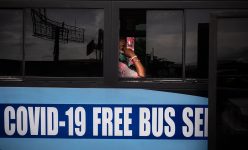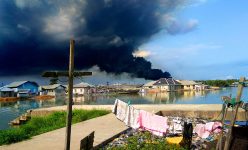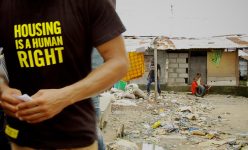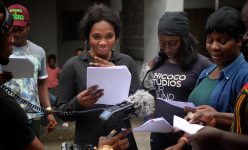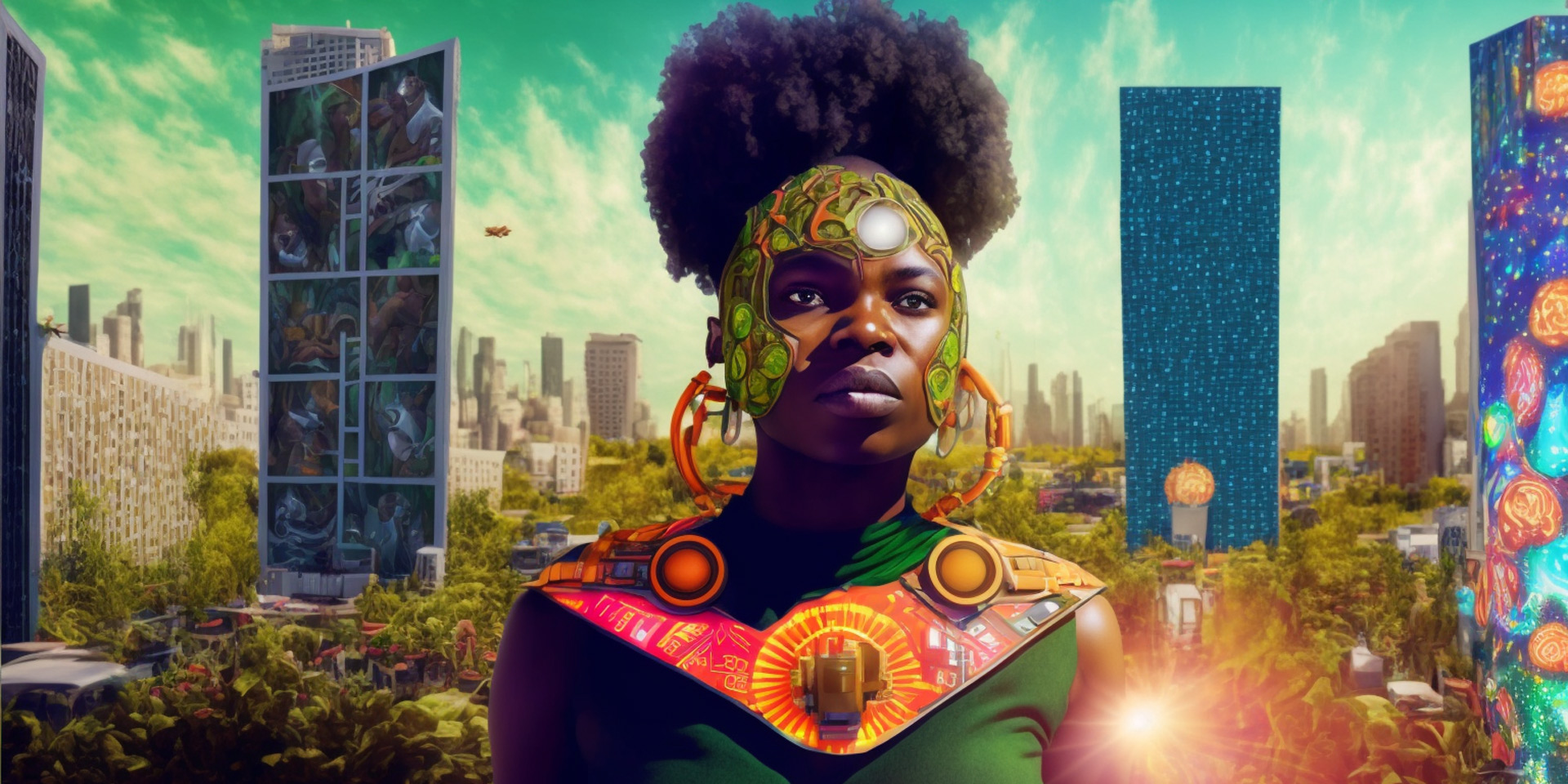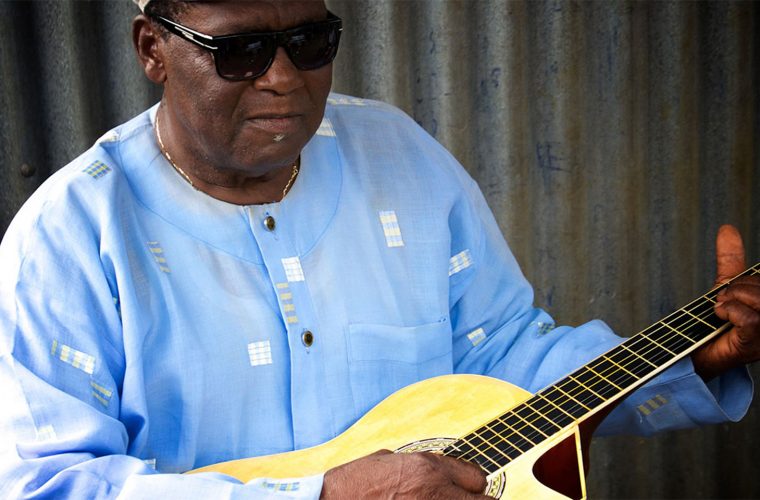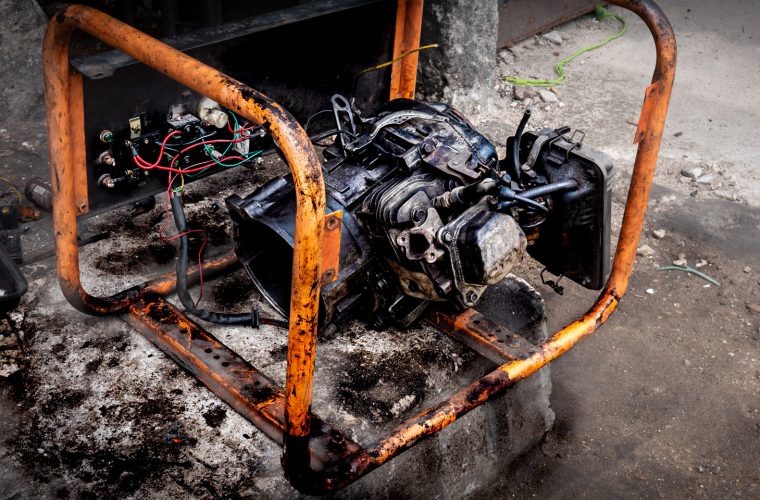Afro-Urban Superheroes
Climate emergency; rapid African urbanisation; Artificial Intelligence revolution – we are facing almost unimaginable scenarios for the future: overwhelming, terrifying, exhilarating by turns. Is it extreme frivolity to speculate about our urban futures through the fiction of a fantasy franchise? At Chicoco, we are arguing that to soberly imagine business as usual is feasible is truly fantastical. The real fiction is that our profit-driven formulas will deliver bankable salvation. As we look for solutions to our many urban challenges, it is not lack of technology that is our constraint, but lack of imagination.
So we made two superhero leagues as an imaginative exercise in thinking through the urban challenges we face. Perhaps superheroes will fly us beyond the failing language of feasibility? Certainly they can help loosen up our imaginations and describe two scenarios, dystopian and utopian, if you like. What we might call the dystopian scenario, far from being unreal, is our most likely condition in the near future – it is already contemporary reality for many people in many places. The other scenario, call it utopian if you must, but the truth is that we must realise it in some form, if we are to survive. And that is – literally – a super-human task, because it will involve the more-than-human as we must draw deeply on many nature-based approaches to urban challenges.
We created our superheroes using text-to-image generative AI. We have been experimenting with this technology in our community media workflows. We have also been thinking about AI as African Intelligence. What implications does this technology have for our continent and our cities? We are developing projects to explore the tropes, textures, compositional tendencies, characters and scenes that publicly accessible text-to-image applications generate with a range of prompts rooted in African urbanity. How do the models respond to linguistic commonplace and cliché, in what ways do they conform, amplify, or surprise? How do these models respond to attempts to prompt against the grain? What insights do they offer into the vast constellations of their training sets? The plan is to develop collaborative community programmes here to generate local datasets with which to train local instances of pre-trained models. In what ways will this local training inform graphic outputs? What are the different ways ‘feature extraction’, ‘transfer learning’ and ‘fine tuning’ might shift framing and form in the representation of African cityscapes, in particular the rapidly growing self-built neighbourhoods that account for most urban growth on the continent? Will these models be in any ways more aligned to local aspiration, more responsive to contemporary place, rooted in neighbourhood histories? How might outputs be differentially impacted by the tense of a prompt – images of the past, present, future? Moreover, how useful might these models and processes of local instance training be in the effort to transform images into infrastructures? Might these tools and programmes support increasingly associational approaches to designing and making in self-built neighbourhoods? Might these models be fashioned into powerful technologies of political imagination? Watch this space.
In the meantime, check out a presentation we produced for the African Centre for Cities using AI tools. We opened the African Infrastructure Futures conference with it. There are superheroes in it!



